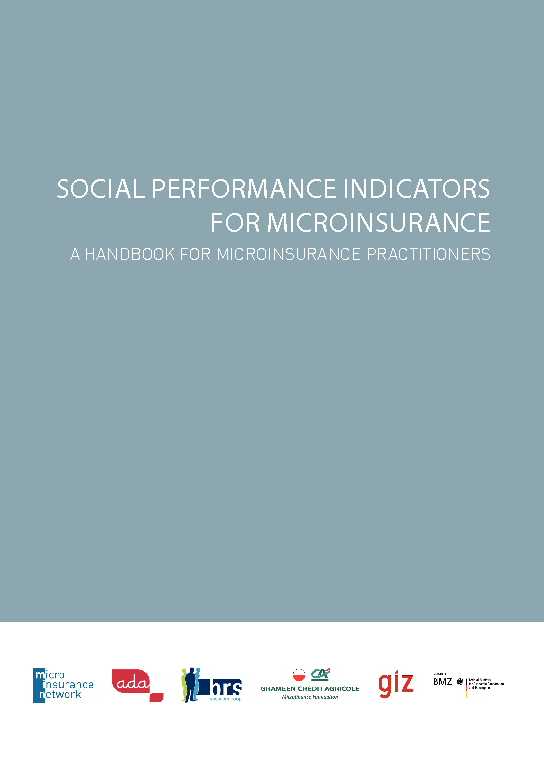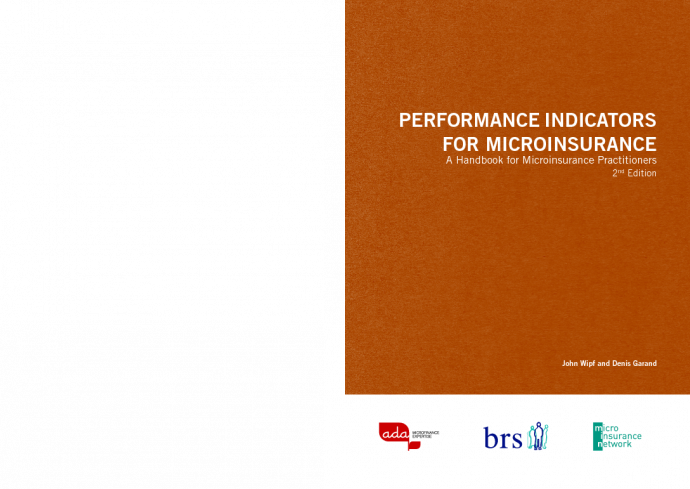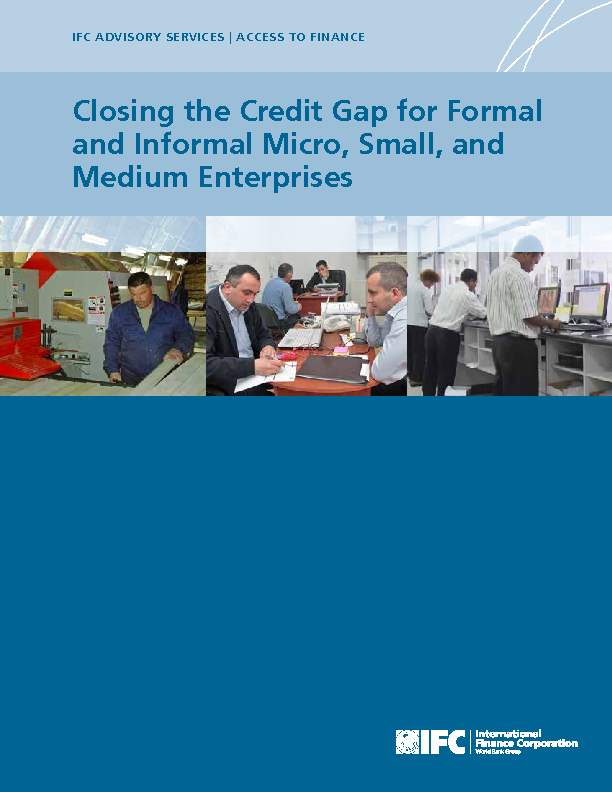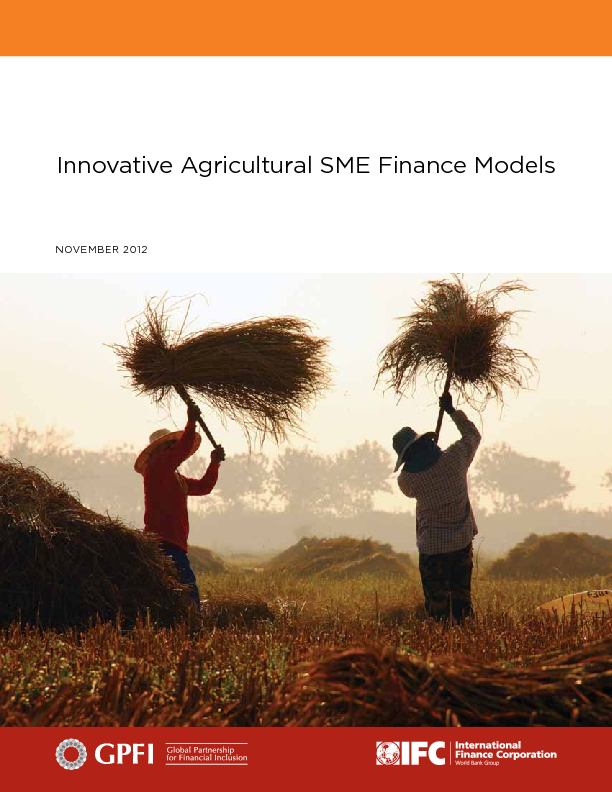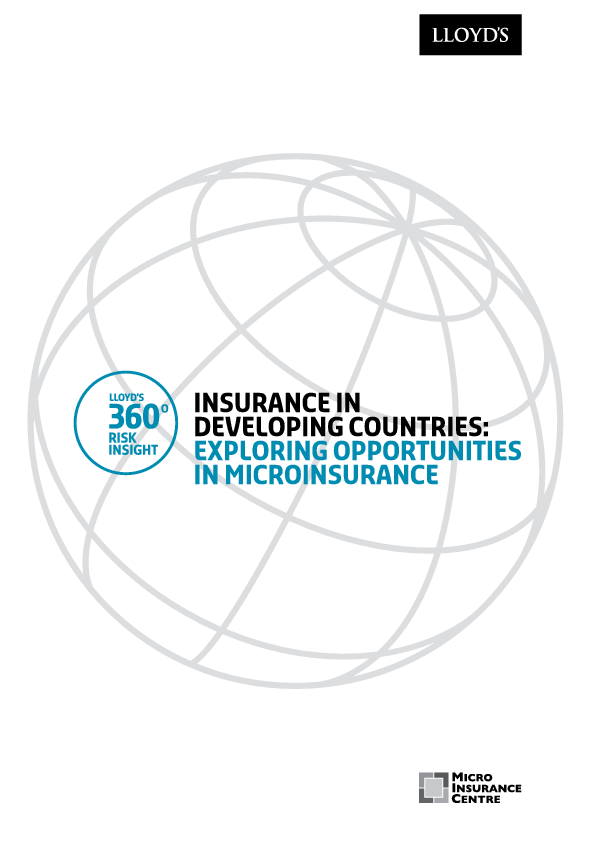
Full Publication Microinsurance is a unique topic for a Lloyd’s 360 Risk Insight report. Usually, we advise businesses on managing emerging risks but this report focuses more on opportunity than emerging risk. Produced by Lloyd’s and the MicroInsurance Centre, this report sets out the understanding, mechanisms and partnerships needed to deliver insurance to three billion low income individuals across the globe, and how this will bring benefits to both the developing world and the insurance industry. Microinsurance is not charity, it is business, but it will require insurers to change their...

